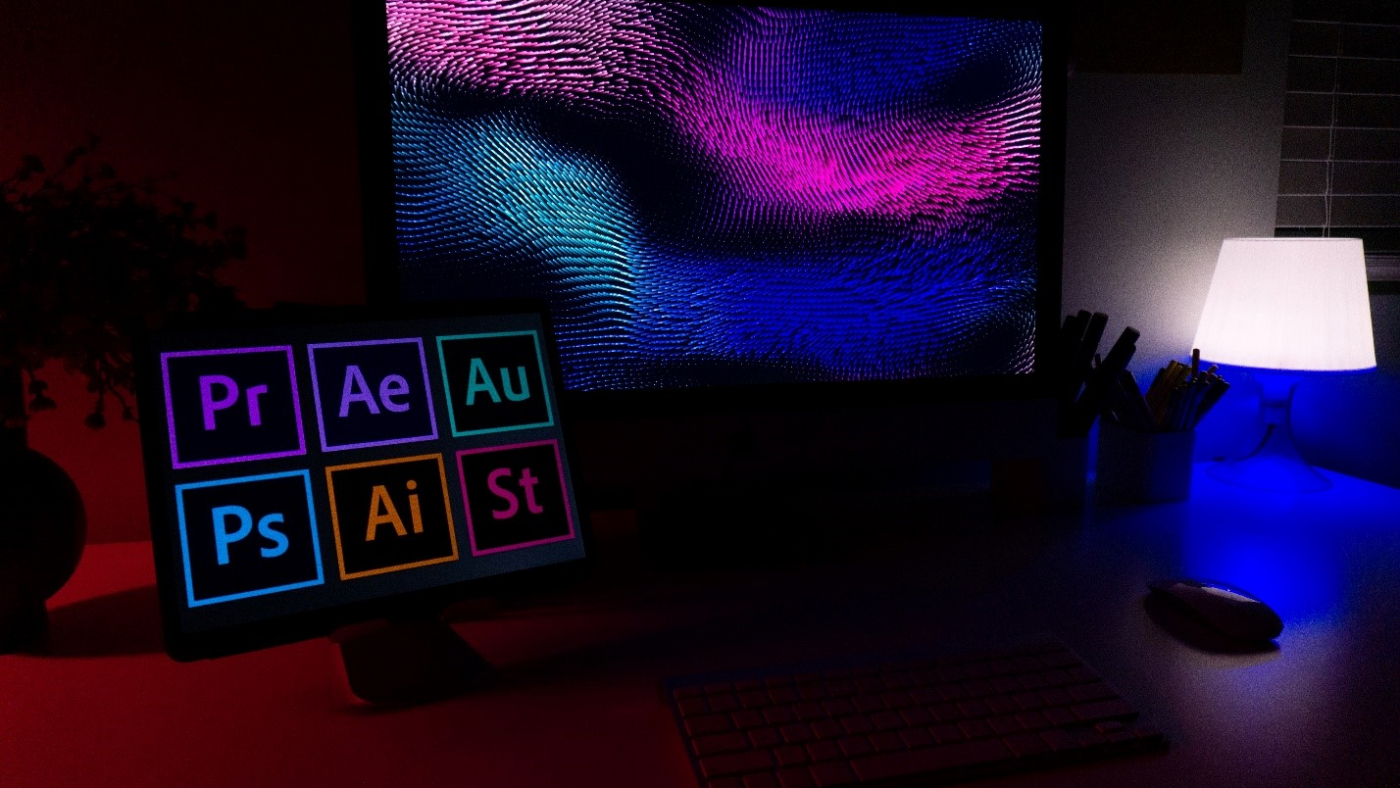Logo design is one of the most critical steps in any branding process of a new business. It can also turn the branding of a relatively renowned business into something unique that will contribute to the business’ prominence and prominence in front of competitors.
Unfortunately, not enough small and large businesses are aware of the importance of a successful logo. Sometimes they turn to the cheapest logo designer they can find or the one who will produce the logo for them at the highest speed and already take that “weight” off their backs.
But a successful logo is not something you build one day after one sketch. Whoever has the job of designing the emblem must understand the business’s values and what sets it apart from other companies. In other words, it’s business branding. A professional logo usually goes through five, six, or even more sketches until the result.
Essential principles for creating the perfect logo
The logo must be simple: you may see a great list of logos with all sorts of visual tricks like hidden letters or a specific angle from which you can see something completely different.
In reality, no one will likely look for these tricks unless they are right in front of their eyes; alternatively, the slogan will make them explicit. So, for example, almost anyone who hears the LG slogan can show that the letters L and G connect to the face.
A logo that breaks conventions increases the brand’s memory: a logo doesn’t necessarily have to be boring. An example similar to that of LG is that of “Michelin.” When you see the smiling man made of tires, you can not go wrong and think that this is another company. However, Michelin has long been a tire manufacturer and is considered one of the most influential authorities in the world in the field of tourism books and restaurant reviews.
How are a modern internet and media logo different from a classic logo?
Today there are numerous sizes and formats of cover images, icons, and logos on the web. Although it is easier today to design a logo using graphic software in many ways, it is not always easy to transfer an existing logo to a specific format such as square, rectangle, circle, etc.
Therefore, if you are making a change to an existing logo or building a new logo, it is advisable to take these cases into account.
Take Bank Hapoalim, for example. The company’s original logo includes the red rhombus and the text “Bank Hapoalim” in gray. Still, when the company had to create a sequence of icons for Facebook and the app store, all it had to do was take the red rhombus and put it in the center.
Therefore, if you want to highlight the logo with a certain color, it should be part of the font or other illustration added to the logo. If you have no choice and it is an old logo, reversing colors is usually the best solution (and if we go back to Coca-Cola, she also had to use it occasionally, and not just for Diet Coke).
In conclusion
Creating your brand and following a suitable logo design is not a matter of “we’re done” or “you touched a trip,” and it requires doing homework if you want it to serve your brand and its values. This is especially true if you are thinking of expanding into international markets or even outsourcing to other countries. In these cases, you should check that no cultural or legal obstacle can cause you to return to the design table and lose valuable time.
